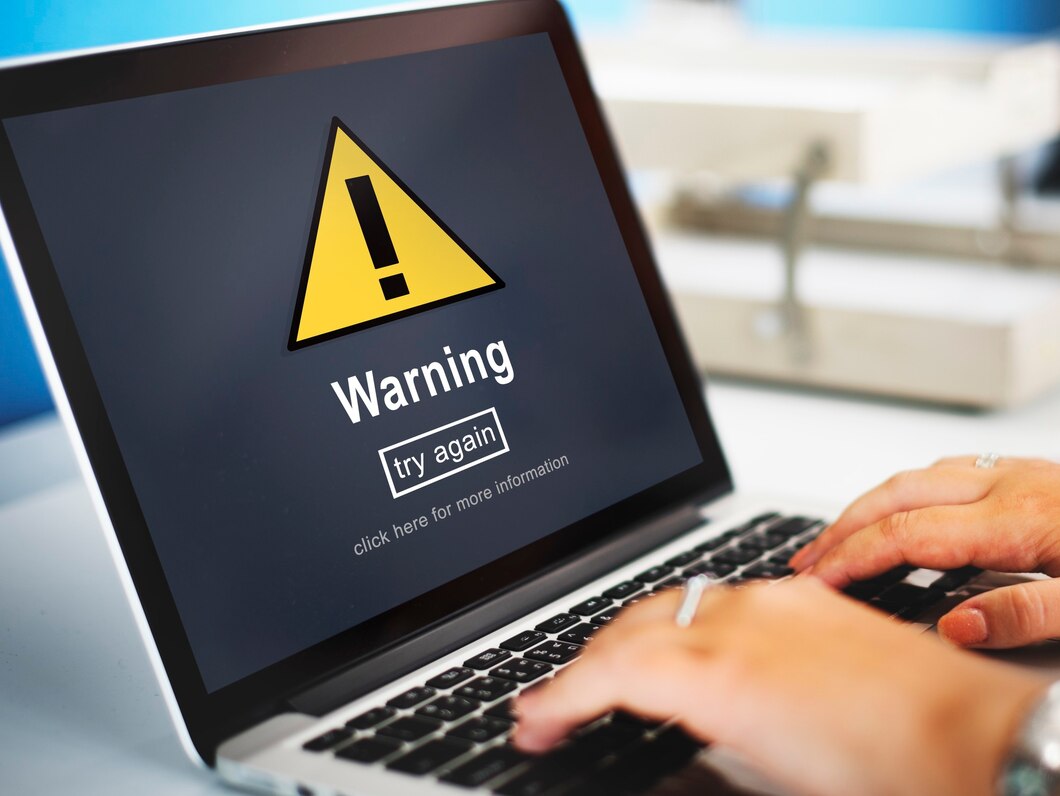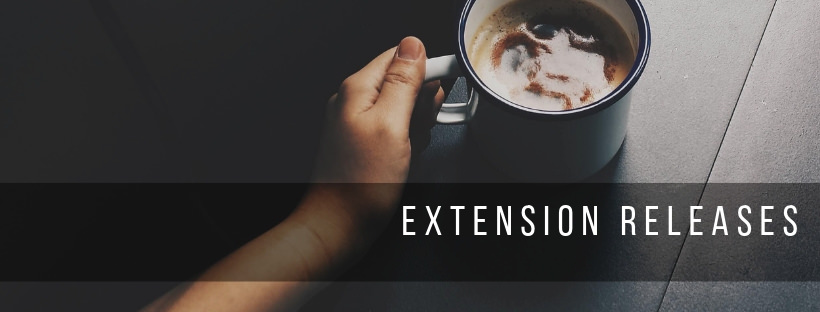Website Hacked? Don't Panic! Here's How to Recover.
Vinh Jacker | 07-26-2023

Is your website being hacked? Don’t worry; we’re here to help you handle this ironic situation.
According to Astra, there are around 30.000 websites hacked every day. When a website is hacked, it can have various consequences such as data theft, destruction of business reputation, annoyance of your user, etc. Typically, failing to address a hacked website promptly can adversely impact your business.
Appreciating the importance of this subject, in this article, we will provide detailed instructions from A to Z on how to handle hacked websites. Ready to explore? Let’s delve into it!
Step-by-step Guide to Solve With Website Hacked Cases
Even though dealing with a hacked website might be frustrating, it’s important to take action immediately in order to limit the damage and restore the security of your website. Here’s a step-by-step guide to help you handle the situation:
Step 1: Take your website offline
One of the steps to deal with a website hacked situation is to take your website offline temporarily. By doing this, you will be able to stop further damage and safeguard your visitors from any potential dangers.
There are several ways to do this, depending on your hosting platform and content management system (CMS). Common methods include:
- Maintenance mode: Most CMS platforms have a built-in maintenance mode that displays a simple holding page while the site is down.
- Editing website files: You can directly edit your website’s .htaccess file to block access or redirect visitors to a holding page.
- Contacting your hosting provider: They can often take your website offline directly at the server level. In some cases, hosting providers may proactively take suspicious websites offline to protect other users on the same server.
Step 2: Change passwords
In case a website hacked, updating passwords is a critical measure that should not be disregarded by anyone. All user accounts connected to your website, such as the admin account, hosting, and database, should have new passwords.
Important tips: When modifying your password, please:
- Use a secure channel: Change your password through a secure connection, not a public Wi-Fi network.
- Strong password: Create a strong password that is unique to this website and not used anywhere else. You should avoid dictionary words, personal information, and common patterns.
- Password manager: It would be better to consider using a password manager to generate and store strong passwords for all your accounts.
Step 4: Update all software
Frequently, hackers like to take advantage of vulnerabilities in out-of-date software. So, when dealing with a website hacked, it is important to ensure all of the software you use is up to date. These software include:
- Content Management System (CMS): Update to the latest version, as it often includes critical security patches. Moreover, it would be better to get rid of any additional plugins or themes that you no longer need
- Plugins and themes: Update all plugins and themes to their latest versions, as outdated ones are common entry points for hackers.
- Server software: Ensure your server’s operating system and web server software (e.g., Apache, Nginx) are up-to-date with the latest security patches.
Step 5: Scan for malware
You should use a trustworthy security plugin or online scanner to do a thorough malware scan on your website. This makes it easier for you to spot any dangerous software or files.
Here’s a guide on how to scan malware in instances of a website hacked. To scan malware in instances of a hacked website, you can use one of the following options:
- Online scanners: It is good to utilize free online website scanners like Sucuri SiteCheck, VirusTotal, or Quttera. These scan your website for known malware signatures and vulnerabilities.
- Local scanners: Download and run antivirus or anti-malware software like Malwarebytes or Bitdefender directly on your server to scan files for infections.
- Content Management System (CMS) plugins: Some CMS platforms offer security plugins with scanning functionalities, like Wordfence for WordPress.
Step 6: Restore from a backup
If you have recent website backups, restore them to a clean version before the hack occurred. In addition, remember to scan the backup files for malware before restoring them.
Crucial reminder: Expand your knowledge on website backup by exploring our comprehensive article.
Step 7: Remove malicious code and files
If you can identify the specific files or code injected by the hacker, remove them from your website. Provided that you’re unsure about the dangerous elements, you might need to speak with a security expert.
Step 8: Strengthen security measures
They say prevention is better than cure, so let’s enhance your website’s security to avoid future attacks. Here are some steps to consider:
-
Use a reliable security plugin to monitor and block suspicious activities.
-
Implement a web application firewall to filter out malicious traffic.
-
Use strong passwords and 2FA (two-factor authentication) to secure user accounts.
-
Regularly updating all software is essential for a successful website.
-
Limit user privileges to reduce the risk of unauthorized access.
-
Remove any unnecessary or outdated plugins and themes.
-
Perform regular security scans and audits.
Step 9: Communicate with your users
Inform your users about the website hacked situation and the precautions they should take if your website is compromised and user data is possibly exposed. Additionally, be honest about the problem and give clear guidance. Remember, it’s essential to act quickly and methodically to minimize the damage and restore the security of your website.
Inform your users about the situation and the precautions they should take if your website is compromised and user data is possibly exposed. Additionally, be honest about the problem and give clear guidance. Remember, it’s essential to act quickly and methodically to minimize the damage and restore the security of your website.
7 signs of a hacked website

Before taking action to save your website, let’s take a closer look at these signs to be sure whether your website is hacked or not. Here are some to look out for:
1. Unexpected or suspicious content
When browsing a website, if you come across content that seems out of place, irrelevant, or inconsistent with the website’s usual style or purpose, it is essential to exercise caution.
For instance, if you notice inconstant new pages, posts, or advertisements that you didn’t create, it could be a sign of a hack. This unexpected content may also include strange pop-ups or uncharacteristic links leading to suspicious websites.
These signs should not be ignored because they could mean hackers have accessed the website, putting users’ devices or personal information in danger.
2. Defacement
Defacement serves as one of the most apparent signs of a hacked website. This can involve changes to the website’s layout, color scheme, or logo, along with the addition of unauthorized images, text, or banners.
Defacement often aims to spread a message or showcase the hacker’s skills. Particularly, hackers exploit vulnerabilities in the website’s security to gain unauthorized access, enabling them to deface the site with their own messages, images, or malicious content.
3. Unauthorized user accounts
Unauthorized user accounts are a clear indication of a hacked website. If you notice new user accounts on your website’s admin panel or backend that you didn’t create, it could indicate unauthorized access.
Hackers create and manipulate user accounts to gain unauthorized access and exploit sensitive information, allowing them to maintain control over the compromised website, enabling malicious activities, data theft, and further attacks.
4. Increased network traffic or bandwidth usage
A sudden rise in network traffic or unusually high bandwidth usage can indicate a hacked website. Hackers may use the compromised website to distribute malware, send spam emails, or host illegal files, resulting in increased network activity.
However, this strange development of bandwidth usage can be observed through traffic monitoring tools or by noticing a significant increase in data transfer or server resource consumption.
5. Phishing warnings
If users encounter warnings from web browsers or search engines when browsing a website, it may indicate that the website has been hacked. These warnings are used to protect users from malicious content or activities associated with a hacked website.
Cybercriminals use phishing techniques to deceive visitors and steal sensitive information. Therefore, warnings are issued when suspicious activities or phishing attempts are detected.
6. Unexpected redirects
Unexpected redirects can be a clear indication of a hacked website. Hackers can use malicious code or modify the website’s configuration to redirect users to malicious or fraudulent web pages without their consent.
Plus, redirects to unfamiliar or suspicious web pages without action are a cause for concern, as they can lead to phishing sites, malware-infected pages, and other harmful destinations, compromising the website’s security and posing a risk to visitors.
7. Unusual server logs or error messages
Suspicious activities, such as an unusually high number of failed login attempts from different IP addresses, can be detected when analyzing server logs, and error messages, which indicate unauthorized access, file modifications, or database queries, are red flags.
Additionally, it may be a sign of a security breach if server logs reveal a sudden increase in traffic or strange patterns of access to essential parts of the website.
Read more: 12+ Magento Website Maintenance Tips That You Should Implement Now
6 Tips to Avoid Website Hacked Cases

1. Keep software up to date
Remember to update the content management system, plugins, themes, and any other software you use regularly because updates frequently come with security updates that address errors.
2. Conduct security audits and vulnerability scans
Review your website’s architecture, configurations, and code for any potential security weaknesses. Moreover, use security scanning tools to identify potential vulnerabilities, such as outdated software, misconfigurations, and known vulnerabilities.
3. Regular backups
Make regular backups of the databases that power your website. Backups should be safely stored elsewhere or using cloud storage services. You can return your website to its prior, clean configuration in case of a security incident or data loss.
4. Limit file uploads
Ensure the files are posted to another location with restricted access if your website permits file uploads. To avoid submitting harmful files, take steps to scan and validate file types, sizes, and contents.
5. Monitor website activity
Implement logging and monitoring mechanisms to keep track of website activities, such as login attempts, file alterations, and suspicious behavior. Review logs frequently for any indications of unauthorized access or suspicious activities.
Remember that maintaining website security is an ongoing mission, so it’s essential to be on alert and adjust to any new dangers.
Related topic: 7+ Magento security tips to keep your E-commerce store safe & secure
Keep Calm to Handle Website-Hacked Situations
In conclusion, when a website is hacked, you should keep calm.Then, respond to security breaches to limit damage and reduce potential harm. Implementing a comprehensive incident response plan can help organizations minimize the impact of a website hack.




